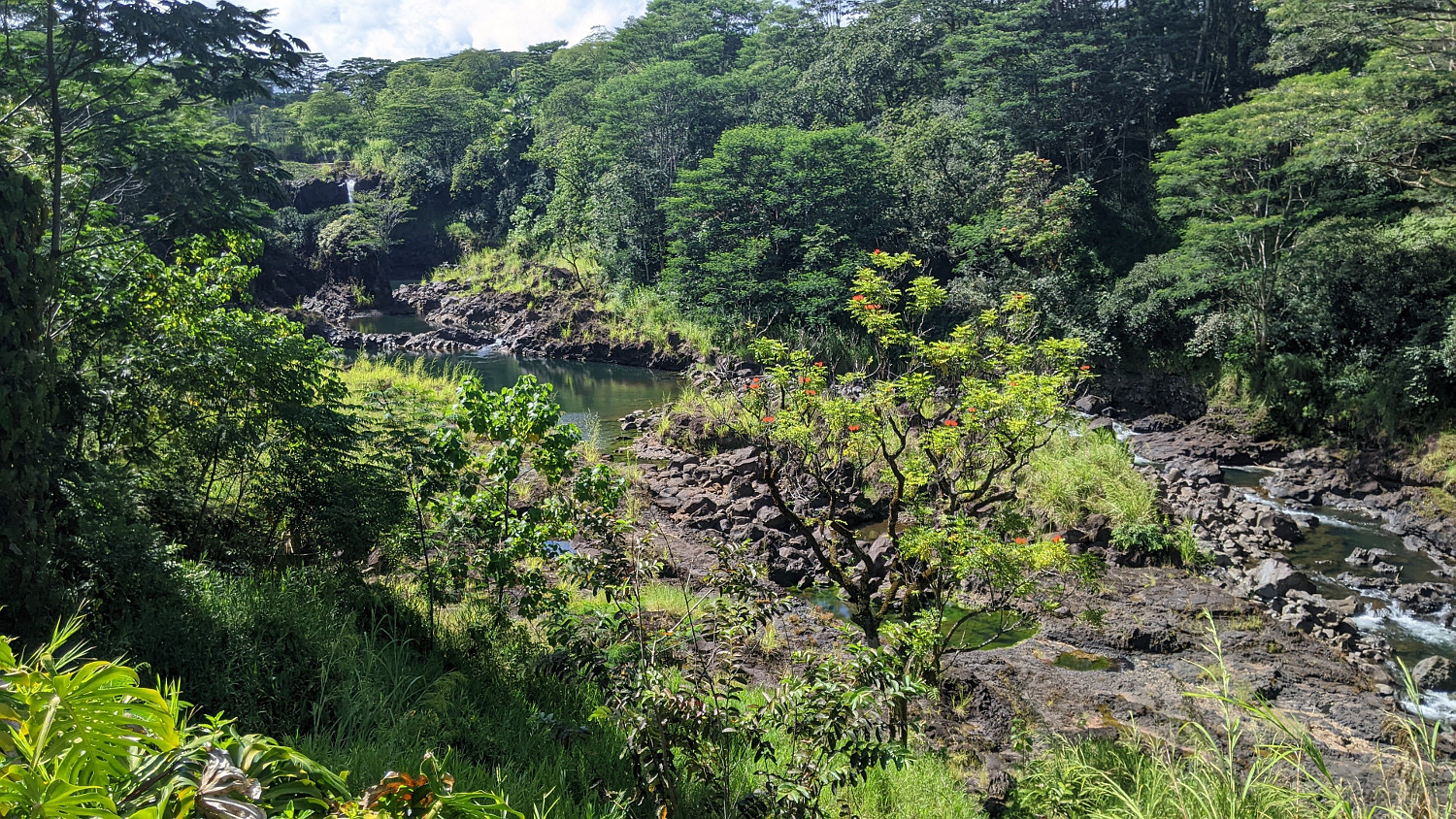(BIVN) – Hawaiʻi should have its own Climate hub under the U.S. Department of Agriculture, according to U.S. Senator Mazie Hirono.
Sen. Hirono (D, Hawaiʻi) recently sent a letter to USDA Secretary Tom Vilsack, urging that the department establish a Climate Hub dedicated to the island state.
There are currently 10 Climate Hubs across the United States, and Hawaiʻi currently belongs to the Southwest Climate Hub headquartered at the USDA-ARS Jornada Experimental Range on the New Mexico State University campus in Las Cruces, New Mexico.
Sen. Hirono reasons that Hawaiʻi’s “geography and climate-related challenges are unique from the continental U.S., meaning that the data and information generated by the Southwest Climate Hub are often not as applicable for producers and land managers in the state.”
Here is the full letter from Sen. Hirono to Secretary Vilsack:
Dear Secretary Vilsack:
I am writing to request the U.S. Department of Agriculture (USDA) consider establishing a climate hub in Hawaii to serve Hawaii and the Pacific basin. There are currently 10 regional hubs located across the continental United States and Puerto Rico, with Hawaii belonging to the Southwest Regional Hub located in New Mexico. Given the vast differences in climate considerations and agricultural practices between the Southwestern continental U.S. and Hawaii, combined with the growing impacts of climate change faced by our natural resource managers and agricultural producers, I ask that you consider establishing a new hub in Hawaii.
The USDA Climate Hubs were formally established in 2014 under your leadership. They are led and hosted by the Agricultural Research Service (ARS) and Forest Service (FS) and include contributions by the Natural Resources Conservation Service (NRCS), Farm Service Agency (FSA), Animal and Plant Health Inspection Service (APHIS), and the Risk Management Agency (RMA). They also coordinate with other federal agencies such as the U.S. Geological Survey (USGS) and National Oceanic and Atmospheric Administration (NOAA), as well as university and non-profit partners. There are USDA facilities in Hawaii currently interested in hosting a new hub that are well-positioned to facilitate this kind of partnership between USDA, other federal agencies, and external partners.
The mission of the USDA Climate Hubs is to “…develop and deliver science-based information and technologies to natural resource and agricultural managers: enabling climate-informed decision making, reducing agricultural risk, and building resilience to climate change.” Despite these hubs having been in existence for eight years, hub staff visitation to Hawaii has been sparse. Understanding the unique challenges our producers and natural resource managers face as well as providing trusted information and tools requires frequent presence, engagement, and established relationships within local communities. Having a hub physically located in the state would facilitate the establishment of trusted relationships necessary to ensure the success of the USDA Climate Hubs’ mission in Hawaii and the Pacific basin.
Additionally, the Climate Hubs’ five-year strategic plan for 2020-2025 identifies three overarching strategic goals and notes that woven throughout those goals are the themes of equity and environmental justice. Hawaii is a majority-minority state, and a significant number of our agricultural producers are considered socially disadvantaged farmers and ranchers. Establishing a hub in Hawaii would further the Climate Hubs’ goal of ensuring equity and environmental justice by focusing on the unique needs of our diverse, historically disadvantaged farmers and ranchers that have often been overlooked.
Finally, environmental and agricultural variables that exist in Hawaii and the Pacific basin vary greatly from those that are common throughout the Southwestern continental United States. For example, while wildfire is as much a concern in Hawaii as it is in the western continental United States, unlike the mainland, Hawaii native ecosystems are not wildfire adapted. This means that while wildfire is a key part of ecosystem functions in mainland forests, wildfire does not play a key role in native ecosystem functions across Hawaii and many Pacific islands. Additionally, Hawaii has diverse tropical cropping systems that include multiple growing seasons each year, the majority of which are on small farms. In contrast, farms in the Southwestern United States tend to be much larger, have one growing season, and include commodities such as corn, wheat, and cotton that are not grown in Hawaii and the Pacific basin. Having a Climate Hub physically located in Hawaii would allow a more acute focus on the unique challenges that our agricultural producers and natural resource managers face and in turn, would better facilitate delivery of information and tools tailored to our unique adaptation needs.
A number of local agricultural and natural resource stakeholders support establishing a USDA Climate Hub in Hawaii. I appreciate your consideration of this request and invite you to visit Hawaii to see the unique challenges that our producers and natural resource managers face and learn more about the value that a USDA Climate Hub in Hawaii would provide to our local communities.


by Big Island Video News3:49 pm
on at
STORY SUMMARY
WASHINGTON, D.C. - U.S. Senator Mazie Hirono has asked USDA Secretary Tom Vilsack to establish a Climate Hub in Hawaiʻi, which currently belongs to the Southwest Climate Hub located in New Mexico.